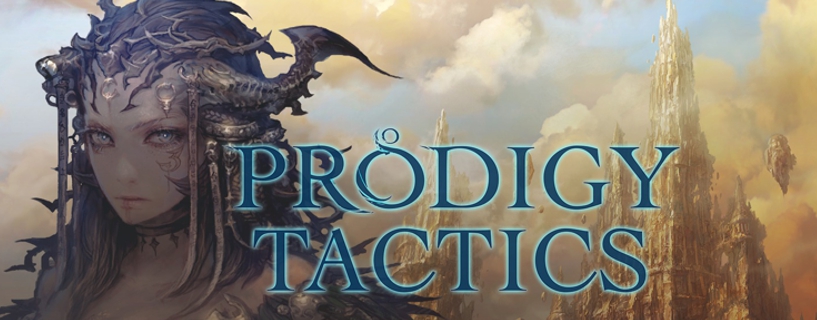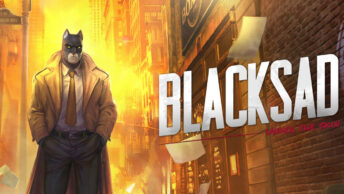Are you on the lookout for a tactical combat game complete with an array of interesting, highly detailed and unique heroes to go into battle with? If you love conflicts where the outcome depends on your battle strategies, you will definitely wish to read more about the skirmishes found in Prodigy Tactics.
Type: Single-player, Multi-player
Genre: Action, Adventure, RPG, Strategy
Developer: Hanakai Studio
Publisher: Forever Entertainment S. A.,
PlayWay S.A., Ultimate Games S.A.
Release Date: September 28, 2018

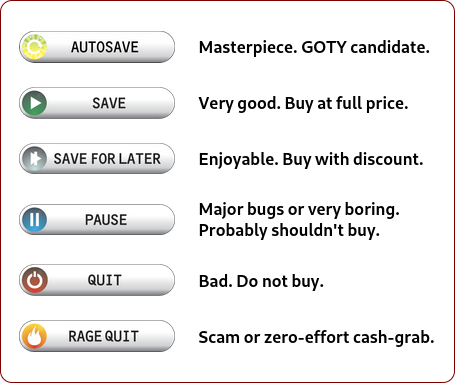
State of the Game
Prodigy Tactics was just leaving Early Access at the time this review was written. Currently, there are a fair number of typographical errors in the story text, including correctly spelled but wrong words, missing letters likely due to a copy paste issue, and a few questionable grammatical choices. If you are the kind of person that can’t stand a little sloppy writing then perhaps that might sour you a bit on Prodigy Tactics, but if you can look past those imperfections or have fun spotting them and then just focus on the gameplay, you might actually have something you can enjoy.
About the game
First off, it is very clear where most of the attention went while the game was in development. The battle arenas and the world map are a little generic looking and nothing really all that special. The dialogue has some issues as noted above, and the story, while interesting is delivered with just floating heads (that move in kind of weird and awkward ways rather than being static) with just plain text for you to read. Once you have access to the world map, you fly around in an airship looking for glowing markers that indicate there is an interaction option there. I have to say, and I believe quite fairly too, that these elements of the game were just cobbled together to house the true focus of the game, the combat and the character design.
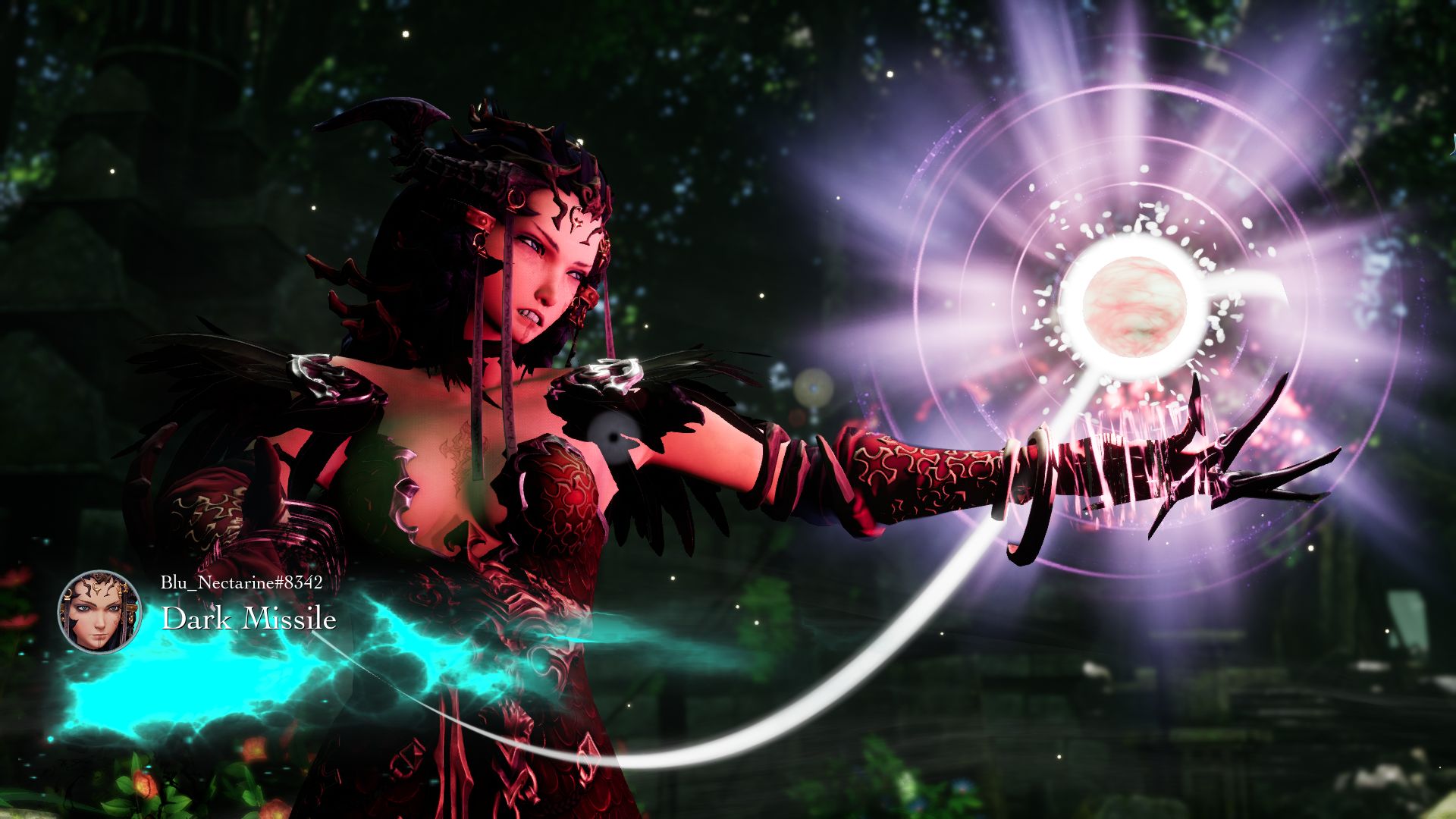
In terms of the combat, there is a lot to say here. The battle arenas have a few different backdrops, but the overall combat system doesn’t appear to utilize any environmental factors. It’s laid out as a 4×6 grid, with each side being restricted to the 12 slots (in a 4×3 pattern) on their side of the board. The idea is that the frontmost row allows for more damage but comes at the cost of lower defense, while the back row is the opposite. The middle row is balanced. You are only able to target enemies that are in the same column as you. Whichever character is furthest forward in a column is the one that will be hit if the enemy chooses to attack that column barring any kind of special abilities being used. Special abilities come in a few different varieties and are partly where the strategic portion of the game comes into play. There are linked special abilities where one or more of your characters can take part in a turn if they share a common element. There are also special abilities that are triggerable based on any special characteristics of the tile you are standing on. Overall, the abilities that are available to you vary by which character and which class you are using as well as if it is your defensive turn or your attack turn. Ignoring the special abilities, you are typically given two choices consisting of a weak but safe Harmony attack/defense/heal or a risky Dissonance attack/defense/heal. Using a Harmony move does a bare bones basic attack or block and nothing else will happen. Using Dissonance will power up your move, but will also place a Dissonance circle in your playfield. Standing on a Dissonance circle will force you to only use Dissonance based moves which in turn spawns more Dissonance circles. Every Dissonance circle in play increases the risk of a Dissonance explosion hurting everyone on the side of the board where the explosion occurred with the strength ramping up with the number of circles there had been on that side of the board. Careful use of Harmony and Dissonance can really change the course of the battle. You also need to decide if you want to use your special ability in the defense phase or in the attack phase because once you use any of your abilities, that character can no longer use them until their turn cycles back around. Once you factor in all the different playstyles available to you based on your risk tolerance and character selection, each match you play will likely feel different despite being basically the same thing over and over again. I can honestly say I was surprised by how many elements went into making the combat enjoyable. There is a lot more to say about the combat, such as the Harmony circles or the status effect ones, and status effects in general but I believe you get the idea now that combat is a lot more complex and fun than it might look in a screenshot.
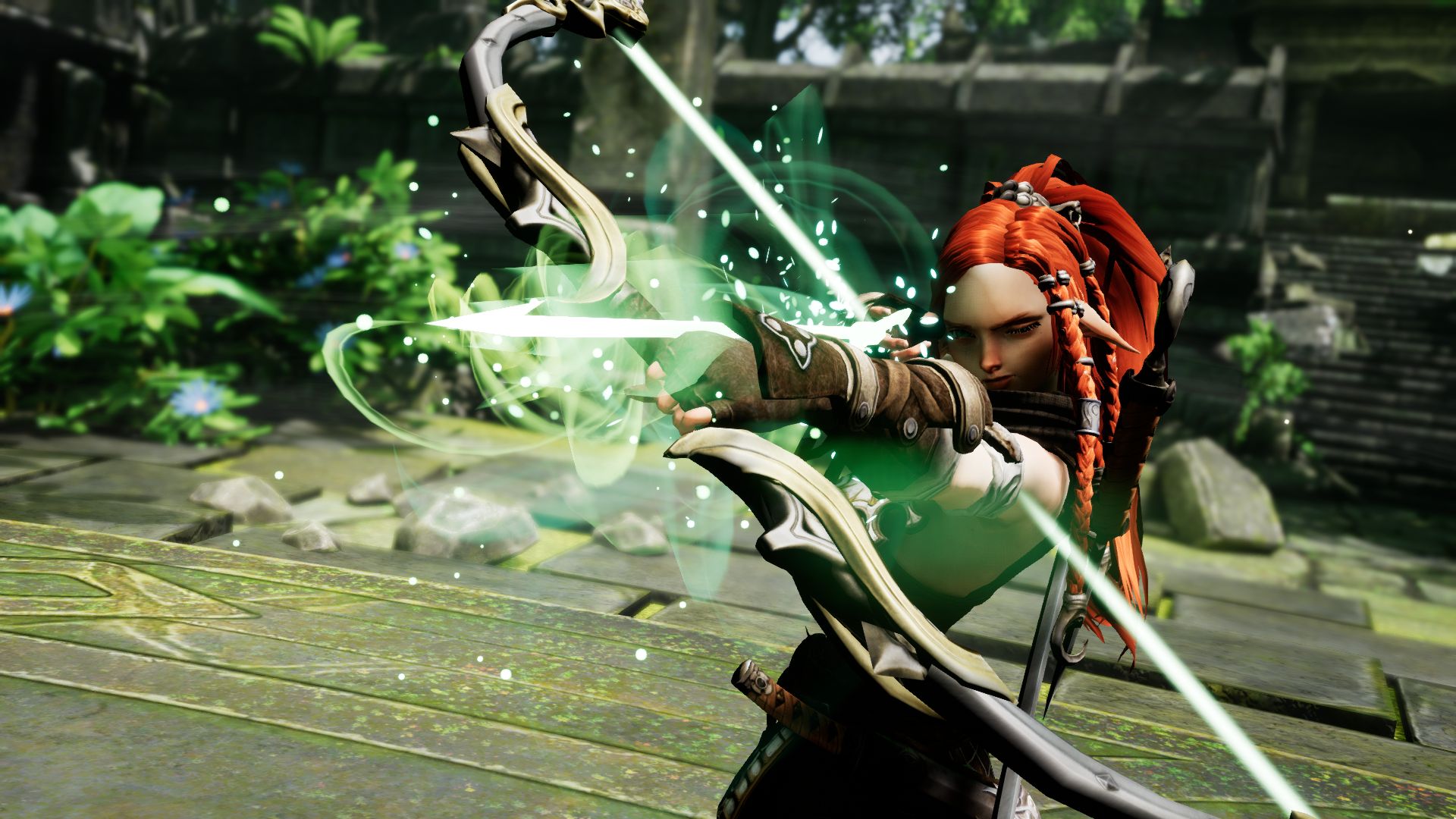
To take it one step further, I feel compelled to talk about the slider-based skill tree tied to the level system in the game. As you progress your characters gain levels. Hidden in one of the other menus is a skill tree that lets you customize your character. Rather than just letting you invest points into the skills/stats you want, you have to invest those points and sacrifice another skill/stat to enhance it. The Harmony and Dissonance system comes into play again here. The more points you spend on either side, the weaker some of your skills/stats become on the other side, however if you spend enough points on one side or the other, you can unlock special features for your character that enhance their overall character in some way. For example, letting you gain a life drain ability. This level of sacrificial customization can enhance your gameplay and tailor your characters just how you want them. I tried making a glass cannon style ranged character who hides in the back row, she works incredibly well but one Dissonance explosion and she is pretty much taken out.
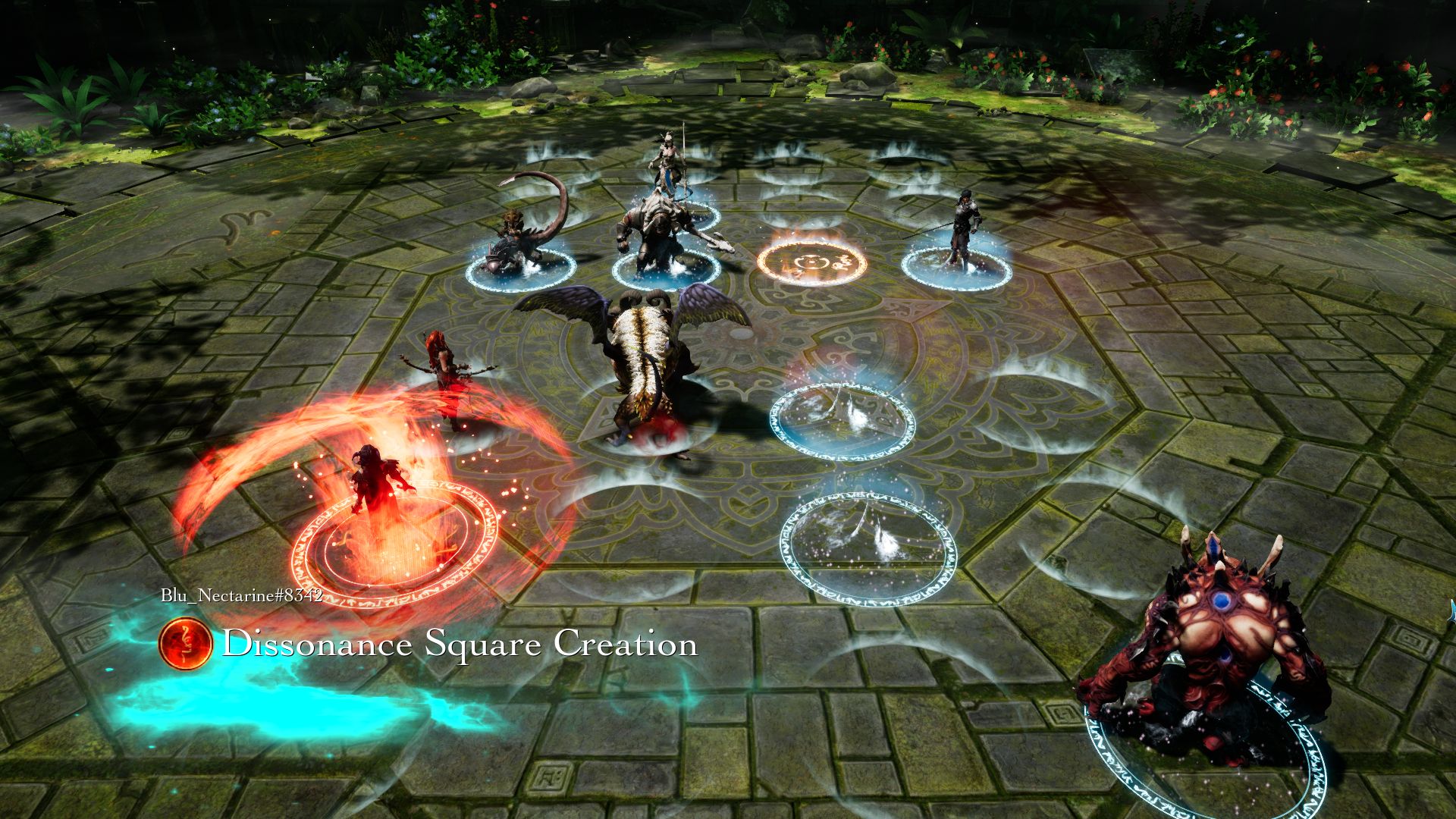
The characters in this game are all very highly detailed, animated very well, and none of them look like they are just a copy-pasted recolor of another character. So much detail went into making each of the characters look nice that it’s likely where most of the time making the game was invested. The animations are fluid and unique to the character, and some of their attacks are a lot of fun to watch even if they do get highly repetitive. I have to say the “out of combat” cutscenes could use a little work, but if you are willing to ignore the almost violently twitching animations reminiscent of a Saint Vitus Dance used to show the characters who are talking, they don’t look that bad and are still quite detailed there as well.

Turning to the graphics in general, other than the character models, the graphics do leave a little to be desired. The world map gives me mixed feelings. It does have various zones and each zone is interesting to fly around and look at but the areas look slightly washed out and blurry because of the hazy effect. It could be meant to show you are at a high altitude in the zeppelin, but it does reduce the visual appeal a bit although it is good enough to serve its purpose. I can’t really complain too much though as the landmarks scattered around are nice to look at. It’s just the rest of it is a bit rough around the edges and could use a little more detail. The battlefields, while they do have different themes, are all basically the same and are a bit barren once you enter the actual playing phase. Each battle within the same environment looks identical with no cosmetic variation to speak of. It would have been a nice touch if there had been some kind of cosmetic environmental destruction to help show the ravages of battle. For the most part, I don’t really have a complaint about it, just in comparison to the character models, I found it to be a bit lacking.
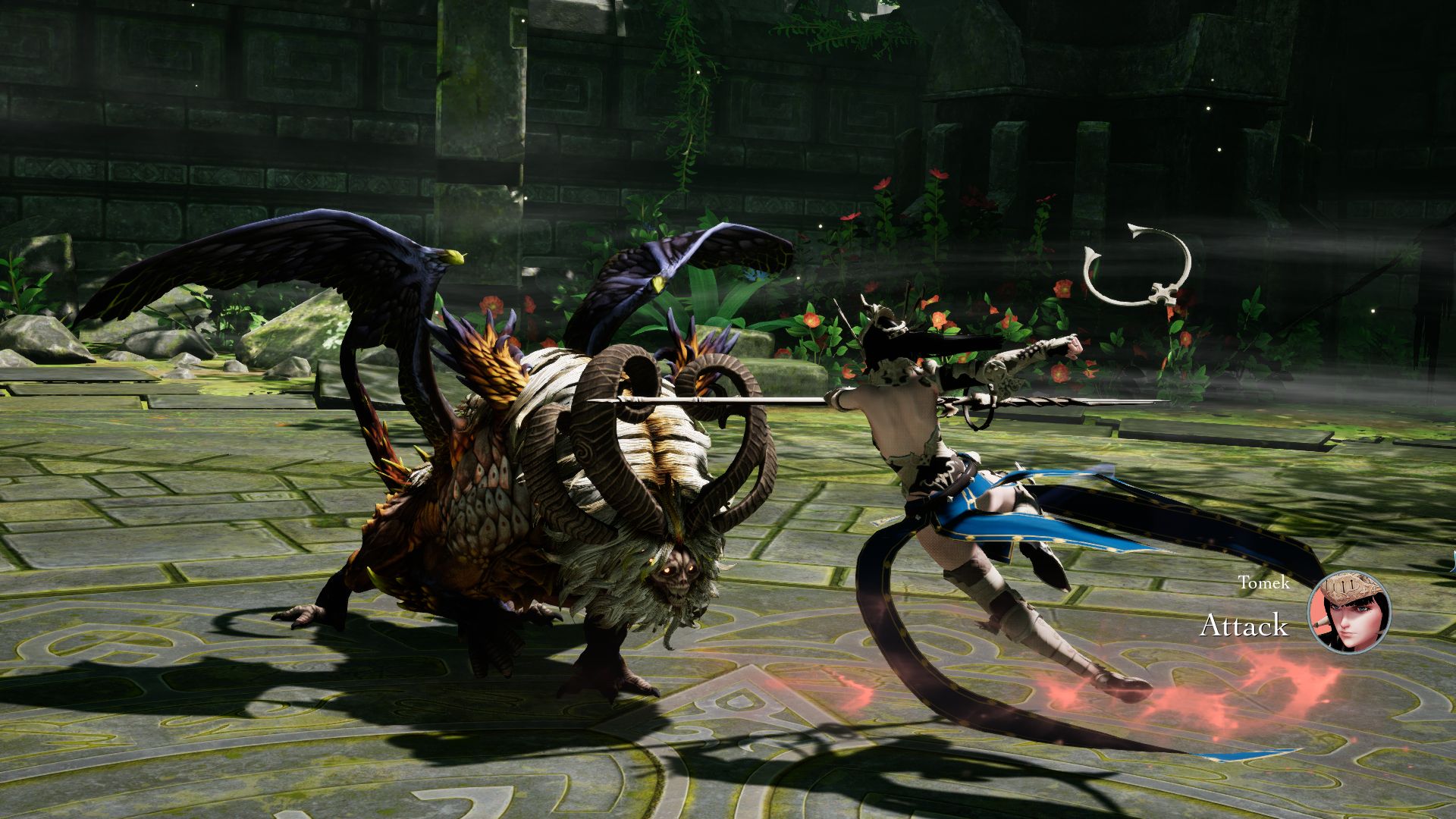
Sound in this game works quite well. While none of the characters actually speak, they all take a page from Link’s book and grunt a fair amount while in combat. It adds to the effect and isn’t annoying, just that it’s a little sad that those grunting noises are really the only vocalizations you are treated to. The music in the game sometimes seems slightly misplaced, but sounds great. During one cutscene, music played that conjured images of the golden age of piracy with ships sailing the high seas, cannon battles and other nautical adventures. I was almost ready to run up the Skull and Crossbones. In reality, it was just a couple of people talking in a desert which is about as far removed from the ocean as you can get. I’d far rather have that than silence though and I really did like that music in particular so I am happy it is there. The ambient sounds of combat and other sound effects seem to work well in this game and fit the theme soundly.
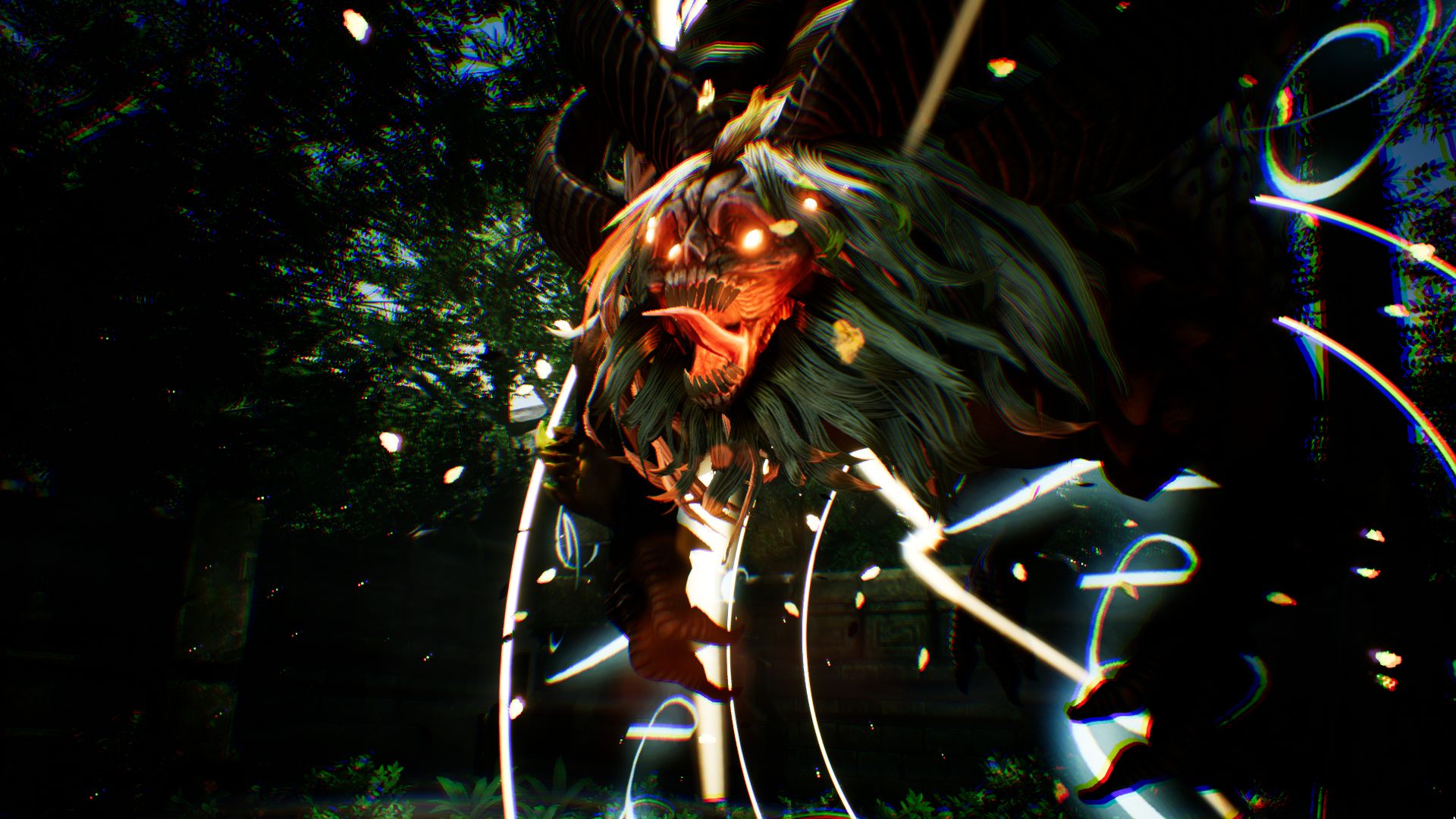
Controls in this game, for the most part, work well. All the clickable buttons are color-coded and labeled to help you figure out what you are doing. There are even really nice tooltips that explain what the ability will do and what the Harmony and Dissonance effects will be. About the only real issues I found were accidentally moving around the battlefield as I attempted to click a button and the awkward controls of the zeppelin. For the accidental movement, it didn’t really matter as you are free to move about all you want while in the attack phase. Sometimes when I went to click an ability I would accidentally click a rear slot moving my character there which would lead me to have to move them back again, but that was only a very minor inconvenience. As for controlling the zeppelin, it is all click/follow the pointer based. Each time you click the zeppelin it gets a brief speed boost and then slows to a stop. Sometimes it didn’t exactly go where I would click, but since there doesn’t appear to be anything you can damage it with and there isn’t a time limit to move about, it also wasn’t really that big of a deal.
There are several modes you can play. There is the story mode which I mostly based this review on as well as Bastion mode which lets you try to stay alive while wave after of wave of enemies join against you in combat. What’s kind of nice about Bastion mode is that if you were to get stuck in the story mode you could play a few rounds in Bastion to increase your character’s levels to attempt to make the roadblock more manageable. There is also the training sessions you can play to help hone your skills. Additionally, the game also has multiplayer which will let you pit your skills against other players, however, due to the game being in Early Access I wasn’t able to find anyone to play with. I’m sure once there is a bit of a player base, this actually might be a fun game to challenge your friends to. In the past, I have played similar games with friends, and usually it made it more interesting than just playing the AI.

Verdict
So, should you pick up Prodigy Tactics? I have to say this game took me as a bit of a surprise. Admittedly, I only decided to review this game because it was the one that looked the most interesting to me of the games that were available this week. Looking at the screenshots I had expected it to be one of those games you could spend a couple hours on, get bored of, then leave in your game library collecting dust forever more. I expected the combat to be fairly generic, probably some kind of low effort rock paper scissors style system with character classes. I can say I was pleasantly surprised by how interesting and strategic the combat actually was. There was enough going on at any given time that each turn made me think about what my best course of action would be. The slider-based skill trees were also a pleasant surprise to find. All in all, if you are looking for a game you can pick up and play for a few minutes entertainment at a time and one that isn’t just a mindless button masher, then Prodigy Tactics might be worth your attention. In the very least, it is a game you can Save for Later.

